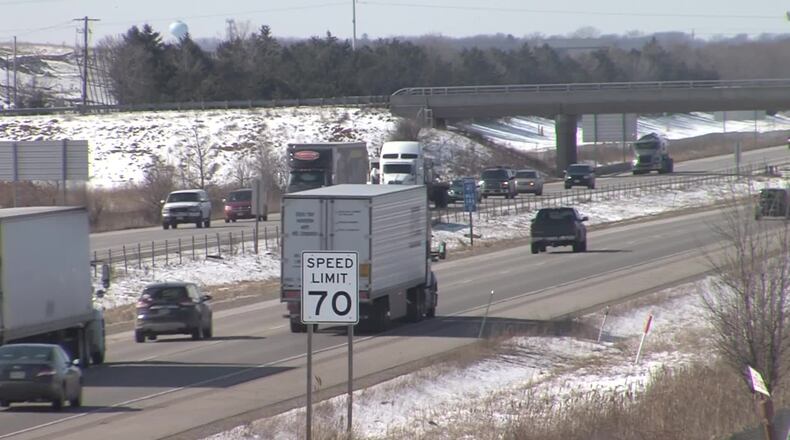Potholes lead to flat tires, faded lane markers lead to crashes, untrimmed trees fall on cars, rundown pavement leads to hydroplaning, unsafe bridges lead to closure and inconvenience, and guardrails in bad condition lead to cars plunging down hillsides, he said.
Gov. Mike DeWine’s administration is expected to introduce its proposed transportation budget bill this month and its first stop will be with House Finance Committee. It must be adopted and signed into law by March 31.
Getting a tax increase through the Republican-controlled legislature could be a challenge.
State Rep. Niraj Antani, R-Miamisburg, last month said the gas tax is regressive in that it isn’t tied to the payer’s income.
Should Ohio raise the gas tax? @ODOT_Statewide director on Wednesday said the state must find money to fix roads or 'more people will get hurt.'https://t.co/wfXUsCninm
— Ohio Politics (@Ohio_Politics) February 13, 2019
“Any increase in the gas tax would be a hammer on the working class people so I’d oppose it,” said Antani.
Marchbanks detailed why Ohio is facing “a very real impending crisis.”
He said the state gas tax, which was last increased in 2005, has been eroded by inflation; Ohioans are driving more miles, putting more wear and tear on roads, but cars are more fuel efficient so less gas tax revenue is coming in per mile driven; decisions over the past three gubernatorial administrations to borrow against future gas tax revenue and future Ohio Turnpike Tolls have driven up the state’s debt service costs to $390 million a year.
“Instead of increasing that revenue stream, the state has been taking on more and more debt to complete projects and maintain the status quo,” Marchbanks said. “This borrowing and adverse circumstances have pancaked into a situation that is irresponsible to continue.”
Marchbanks said Ohio has roughly a $1 billion shortfall for maintenance, safety upgrades and new projects.
Marchbanks stopped short of telling lawmakers Ohio needs to boost its gas tax, saying that decision is up to the General Assembly and governor.
Related: Ohio out of money for new road projects, prompting talk of gas tax hike
But Fix Our Roads Ohio, a broad-based coalition that includes chambers of commerce and local government groups, is making the case for increasing the state gas tax for the first time since July 2005 and levying a fee against the 15,000 electric cars registered in Ohio.
The Ohio gas tax is 28 cents per gallon while the federal fee — unchanged since 1993 — is 18.4 cents per gallon. Each penny of gas tax raises about $66 million a year in Ohio.
Ohio’s gas tax is lower than neighboring states, except for Kentucky where it’s 26 cents per gallon, according to the American Petroleum Institute. The gas tax is 58.7 cents in Pennsylvania, 44.1 cents in Michigan, 42.9 cents in Indiana and 35.7 cents in West Virginia.
Fix Our Roads Ohio says indexing the gas tax to highway construction inflation rates and aligning it with rates in neighboring states “would be a sensible guideline.”
Related: Ohio Senate GOP promises action on regulatory reforms
Ohio Highway Patrol Superintendent Col. Paul Pride told lawmakers on Wednesday that road conditions and maintenance are critical to road safety. “There is absolutely a significant risk when traveling on roadways thare are in a state of disrepair,” he said.
Ohio’s deadliest year for traffic fatalities was 1969 when 2,778 people died and the fewest fatalities came in 2013 when 990 people died. Pride noted that in 1969, Ohio roads lacked safety features such as reflective markers on center lines, cable barriers and rumble strips.
About the Author

